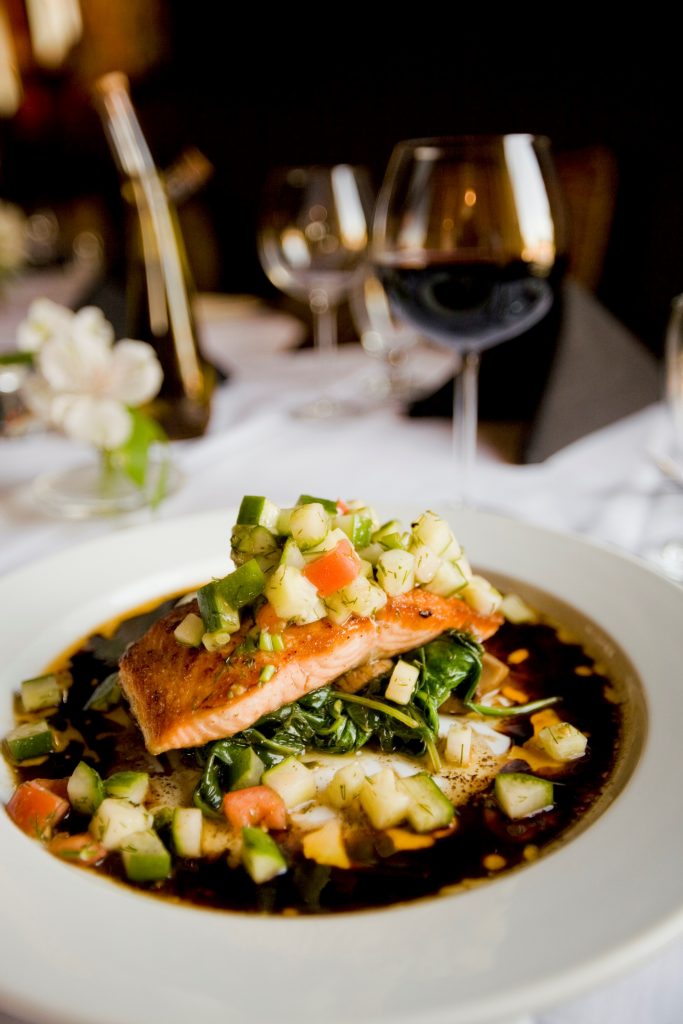Even though the keto diet contains an abundance of food choices, anything that contains over a few carbs is restricted. This means that you’ll probably be changing your eating habits quite a bit – after all, high-carb and processed foods are the most common and most popular foods of the 21st century. However, they’re bad for your health, and after some time on keto diet you’ll notice the benefits that come from abstaining from added sugars. Looking at labels is very important when choosing your food on keto, but some are simply too high in carbs to even consider. Creating substitutes for unhealthy foods you used to it may work in some cases, and is okay for special occasion, but you should try to be open to new food and recipes that you’ll get to experience on keto. Ahead of you is a sizeable list of all the food that should be avoided when you’re following a standard keto diet.

Keto is all about avoiding carbs, so stay away from sugar
Sugar is an obvious one – but its forms are not as obvious as one might think. It’s important that you avoid it in all its variations: sometimes it is disguised as a syrup: high-fructose corn syrup, maple syrup, agave nectar, glucose syrup, and malt syrup. You can also recognize it by a suffix of –ose, like in dextrose, fructose, glucose, lactose, maltose, sucrose, etc. Some other popular variations of sugar are maltodextrin, fruit juice and fruit juice concentrate, brown sugar, honey, and others.
It’s bad when you see sugar on the label, and worse when you don’t
Many processed foods contain sugar, so be especially careful with savory sauces as they will almost always contain sugar, even though you would never expect it. Ketchup, barbecue sauce, protein bars and shakes… They all contain sugar. The only way you can be sure that a product doesn’t contain sugar and hidden carbs is if you cook it yourself, using handpicked ingredients and keto-approved recipes. As a general rule, we would advise you to avoid any food that comes from a food factory, and if it claims to be keto-friendly or low-carb, to insure that by reading the label carefully. Sometimes, products are marketed as low-carb but are actually not nearly low enough to be keto-friendly.

Change your staples: from bread to eggs, from pasta to veggies
One of the most challenging transitions for beginners on keto is to give up grain products; wheat, rice, corn, quinoa, barley, rye, oats, buckwheat, bulgur, teff, millet… That also means avoiding flour altogether, then pasta, noodles, pizza, cookies, popcorn, muesli, oatmeals, beer, pancakes, pastries, pretzels, muffins, bagels… This can sound like a living hell for people unfamiliar with keto, and with how amazing it can get at providing substitutes. Using coconut and almond flour for your treats, zucchini noodles, pork rinds, cauliflower rice might seem odd at first, but once you get used to them, you will wish you had just eaten these healthy substitutes in the first place! Additionally, keto offers many other staple foods that can easily replace grains altogether and show you a different way of cooking, eating and enjoying food.
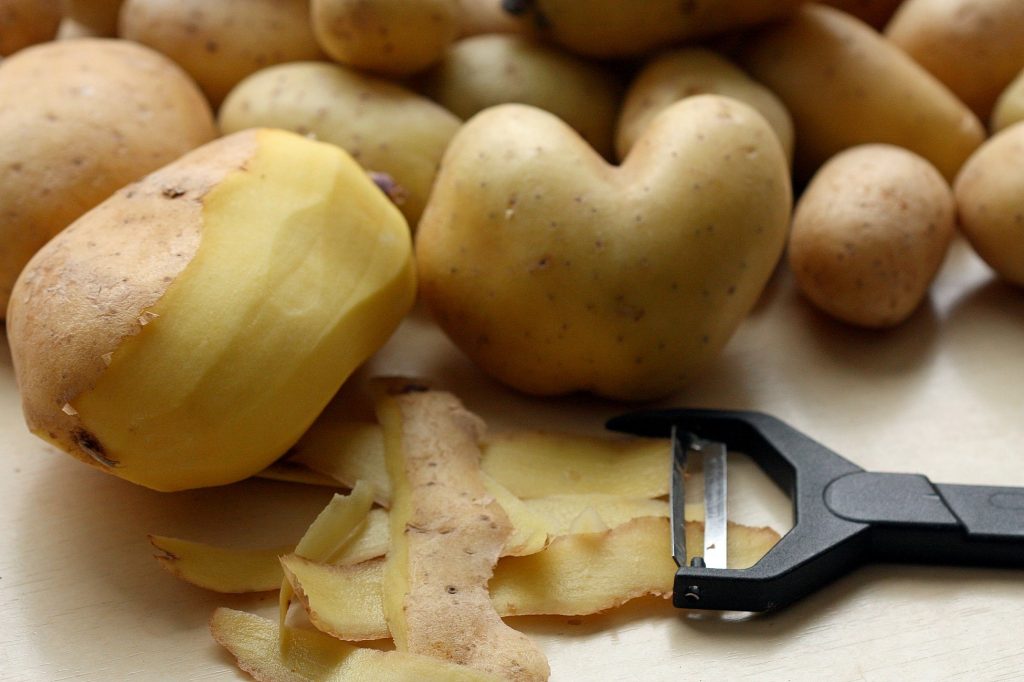
No more French fries, but how about some fried cheese?
It’s time to replace potatoes and sweet potatoes in all shapes and forms: mashed, baked potatoes, French fries, chips are just too high in carbs to be keto-friendly. Some starches like carrots and beetroot can be eaten on a low-carb diet in small portions, but not on the standard keto diet.
Keep the hummus and leave the beans out
Other than green beans and hummus made of chickpeas, without any added carbs, which can be eaten in small amounts if your macros allow it, all other legumes need to be spilled out of your grocery bag: beans, peas, lentils, kidney beans, pinto beans, lentils and soybeans. Certain soy products are allowed on keto, however, and those are tofu, soy milk and soy yogurt – but don’t forget to check the label for any added sugars.
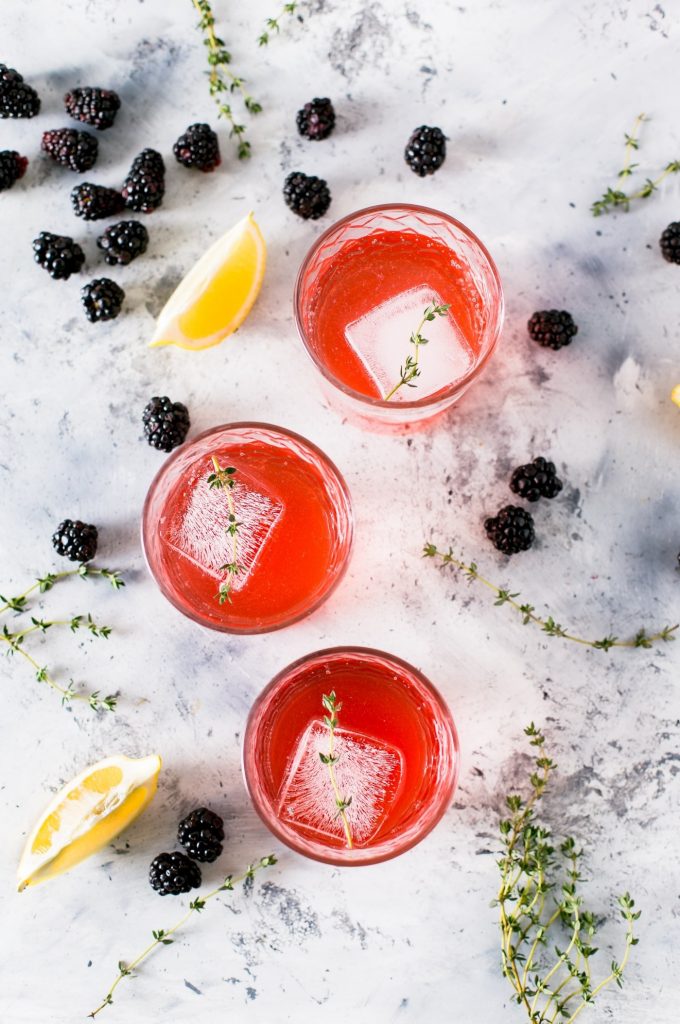
Keto is restrictive, but berries are OK
The best way to deal with fruits on keto is to start with completely restricting them, and then slowly reintroduce some, starting from berries such as strawberries, raspberries, and blackberries, moving on to redcurrants, cranberries, and mulberries. Add them to Greek yogurt, eat them on their own in small portions or make keto treats – the choice is yours. If you move onto the low-carb diet after achieving your goals with keto, you will be able to eat some more types of fruits later on. Remember that fruit juices, especially those sold commercially, are full of fructose and even added sugar, and definitely not acceptable on a ketogenic diet.
You don’t want to eat these oils even when you’re off keto
All heavily processes oils will impede the progress you’ve made on your diet, so avoid them, as well as margarine and trans fats. They’re not healthy in general, not just bad for the keto diet. Some examples are corn oil, peanut oil, canola oil, safflower oil, and more. Go for less processed oils and fats instead, such as olive oil, butter and lard.

When you don’t eat salty French fries, you don’t need the soda either
Soda is one of the worst drinks for any diet out there, and it’s disastrous to have it on keto. It contains added sugar, and in case of diet soda, sweeteners that can have an impact on your appetite. If these sweeteners don’t affect you, you could have diet soda sometimes, but still be careful – drinking soda on keto is definitely not advised. The same goes for syrups, they’re full of sugar. Don’t add syrups to your water, go for fresh lemon or a keto-friendly sweetener, or just stick with sparkling water, which is the healthiest choice.
Energy drinks only drain your energy – avoid them
Even if you’re physically active, there are much better ways to get your electrolytes than sport drinks. They usually contain sugar and carbs that impact your diet negatively. If you’re planning to join a sports event, pour some salt into plain water instead and make sure you’re eating enough potassium daily in order to achieve best results. Energy drinks also contain sugar, carbs and caffeine that can impact your sleep, so avoid them as well.
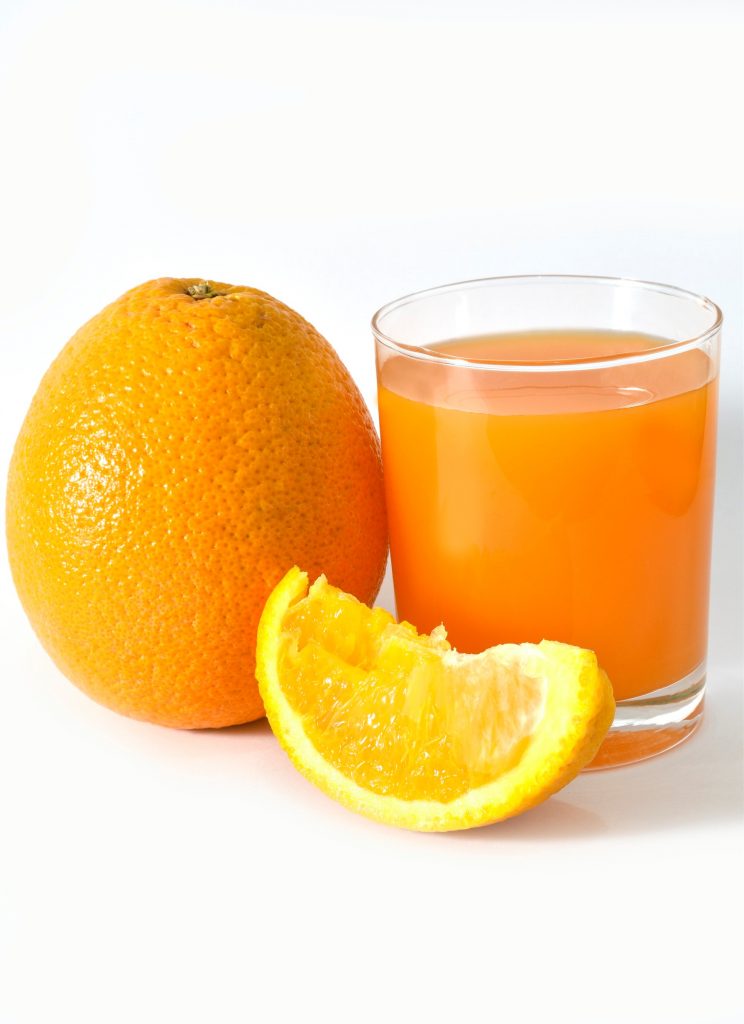
Fruits are always too sweet, squeezed or not – artificial juices too
Even if the fruit juice is freshly squeezed, it is an even worse choice than eating fruit – you’ll be takin in the fructose (carbs) without even benefitting from the fiber. Most smoothies are also too high in carbs, unless it’s a special keto-friendly recipe that you can trust. You can also try editing an existing smoothie recipe by inserting some chia seeds, flaxseed, nuts, or spinach and avocado. Punches, alcoholic and non-alcoholic, with or without syrup, are all filled with sugar and are, therefore, unacceptable for a standard keto diet. Slurpees are practically frozen sugar with flavor, so avoid them as well.
Enjoy black coffee and herbal tea without sweeteners
While on keto, you can still enjoy coffee and tea – but not the ones with added artificial sweeteners or sugar. If you order coffee at a café, make sure it’s not cappuccino, latte, macchiato, Frappuccino etc. Choose black coffee with a keto-friendly sweetener or almond milk. Although keto-friendly hot chocolate and hot cocoa can’t be as sweet as the originals, chocolate lovers will still appreciate their favorite hot treat in a low-carb variant. Unsweetened tea with lemon is completely fine, but stay away from store-bought ice tea, as it’s packed with sugar and sweeteners. You can make your own ice tea at home and enjoy it instead.
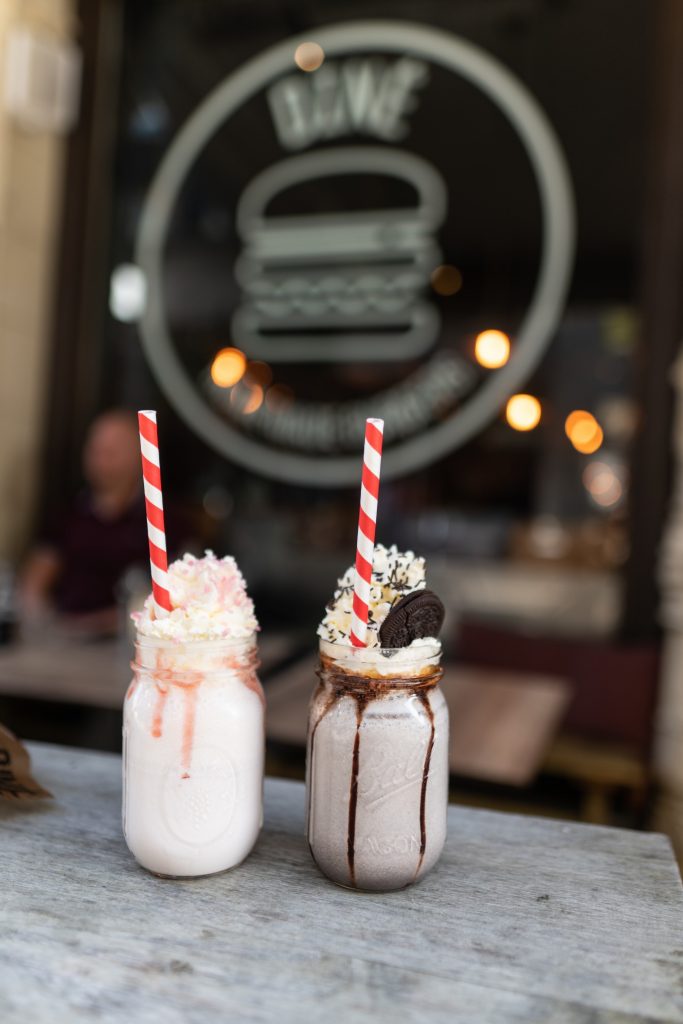
Keto-friendly milkshakes aren’t an oxymoron
Even though milkshakes contain zero keto-friendly ingredients and you need to give up the ones you can buy commercially, there is a way to make a keto milkshake! Choose one of the many recipes and make your own milkshake with almond milk, berries or dark chocolate. Milk, the essential part of a regular milkshake, could potentially fit into your macros if you are maintaining, but as the carb count is pretty high, try to avoid milk and replace it with nut milks.
Beware the hidden carbs: Processed meat
Unfortunately, much of the processed meat is not good for a ketogenic diet: sausages, ham, jerky and many cold cuts are full of dextrose, MSG, starch, preservatives and other ingredients that are bad for your diet and for your health. If you manage to find low-carb cold cuts, you can consume them as long as they fit your macros.
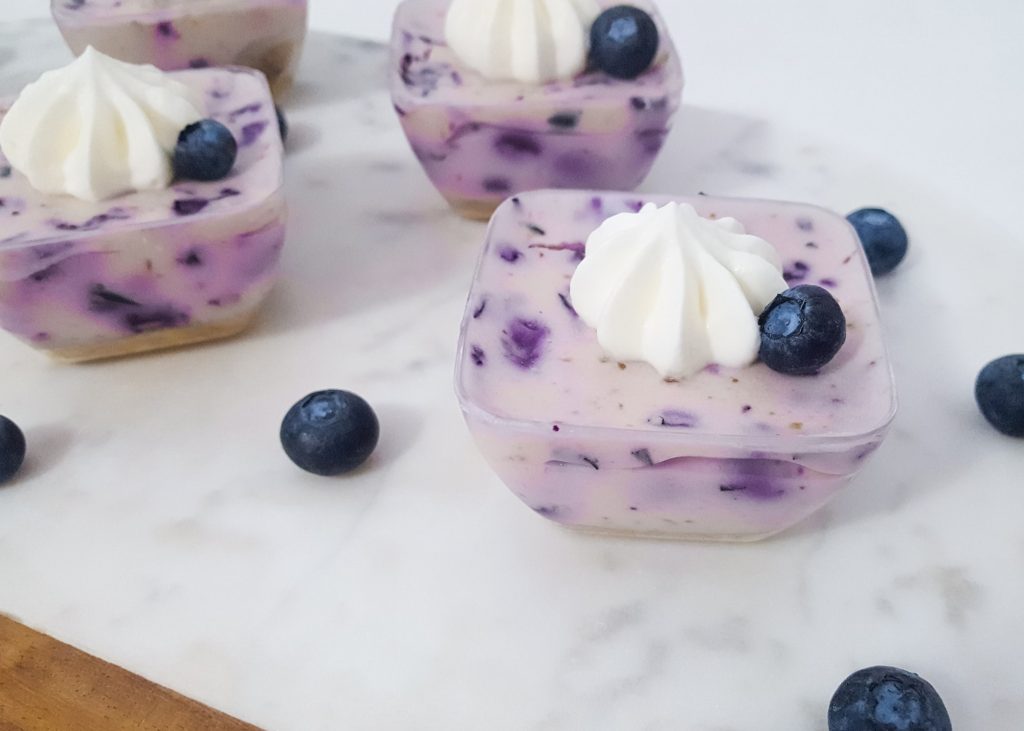
Beware the hidden carbs: Yogurt and nut product can hide secrets
Natural Greek yogurt with probiotic cultures is good on keto, but that doesn’t stand for the flavored yogurts. More often than not, they are filled with sugar that will stop your weight loss. The same goes for nut milks – unsweetened almond milk and coconut milk are great keto substitutions, but many of the marketed products come with a lot of added sugar. Other nut products suffer the same fate: nut butters are one of the tastiest low-carb food you can eat on keto, but you need to be careful and avoid ones with added sugar, oils and fats. Make sure to also always add them to your macro tracker, as they can be very caloric.
Ketchup is made of tomato only, right? Wrong – so much sugar
Ketchup contains so much sugar – usually, over 20% of the product is sugar! Similar condiments are also full of sugar – tomato and barbecue sauces, teriyaki, sweet-and-sour sauce… One exception is mustard, that is actually a really nice choice for keto, as long as you choose the one without honey. If you like to use ketchup, make your own using one of many recipes out there, or opt for an unsweetened ketchup. Gravies, sauces, curries always come with sugar or flour, sometimes both, so they’re not good for your diet. If you’re eating out, make sure to avoid dishes that contain them to avoid getting kicked out of ketosis.

Keep this in mind when getting pre-made salads and soups
Many people like to replace French fries with coleslaw, but it mustn’t be store-bought, as those usually contain a lot of sugar. Make your own coleslaw, just like you make your salads, and don’t add sugar to it or opt for a low-carb sweetener. If you like to add dressings to your salads, again, you’ll have to make them yourself: store-bought ones are high-carb and contain vegetable oils we talked about above – the ones you should avoid at all cost. When it comes to vinegars, go for apple cider vinegar as most others, like balsamic vinegar, will contain either sugar or too many carbs for keto. Overall, when buying prepped food, always check the label and opt for refrigerated over frozen products. This is especially true with ready-made soups, that can sometimes be okay for your diet and macros, depending on their ingredients.
Vitamins and supplements don’t always help your ketosis
Although certain supplements are recommended on keto because of the loss of electrolytes, you have to pick your vitamins and supplements wisely. Some can contain sugar, especially the tablets you drop in water and cough syrups. Don’t drop your medication if you notice sugar – ask your doctor to replace it with sugar-free meds, but if that is not possible, just keep up with it until your therapy is over. You’ll come back to ketosis as soon as you stop.
Sugar alcohols and “low-carb”: the enemy of your enemy is your friend
Protein bars are the most popular product that almost always contains a lot of sugar alcohols. They are marketed as low-carb even though the sugar alcohols can affect some people in a negative way – affect their blood sugar levels and raise their appetite. Other “low-carb” food can have this effect as well – because of its popularity, “low-carb” is now written on many products that are not optimal for keto. Sometimes, it just means that the version has less carbs than the original product, while it still has enough to kick you out of ketosis in just a few bites! It’s important to read the label (as we always repeat) and determine which sugar alcohol was used. Erythritol doesn’t have an impact on insulin, while maltitol and xylitol can have negative effects such as stomachache and high blood sugar.

You may need to get used to cooking most of your food
Standard Keto may seem restrictive on any day of the week, but when you’re at a restaurant, that’s when it gets the trickiest. You don’t have an insight in how your food is made and what is being used. This is why eating out at restaurants is not advisable on keto. If you know a trusted restaurant that would make some “changes” on your dish for you, such as put the sauce on the side or remove an ingredient, then you can go there and enjoy your evening eating keto-friendly food outside. On the days when you can’t eat at a specific restaurant, don’t look at it as a limitation: think on the positive side, and how you’re making an effort at that point in order to reach your goal, and how this “restriction” won’t last forever: you’ll either reach your goal and relax, or reach a point where you prefer to eat keto food. Keto diet is, after all, about natural, healthy, nutritious food that gets tastier and more flavorful every day. Even if you only remove processed food and sodas after you’re done with your keto diet and eat everything else, including carbs, you can be sure that you’ve made a great positive change to your life.
